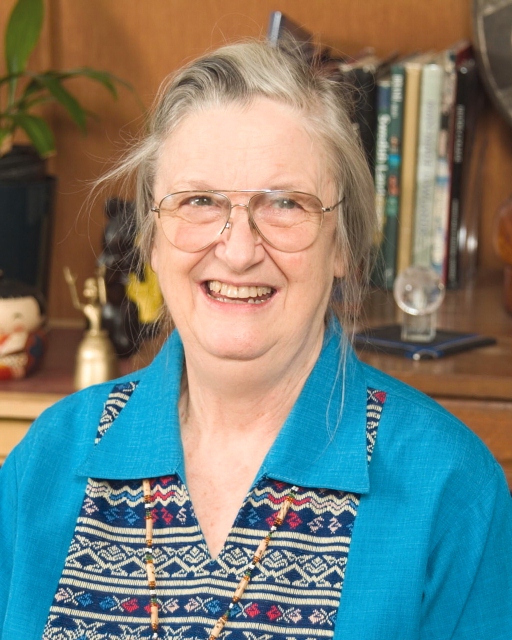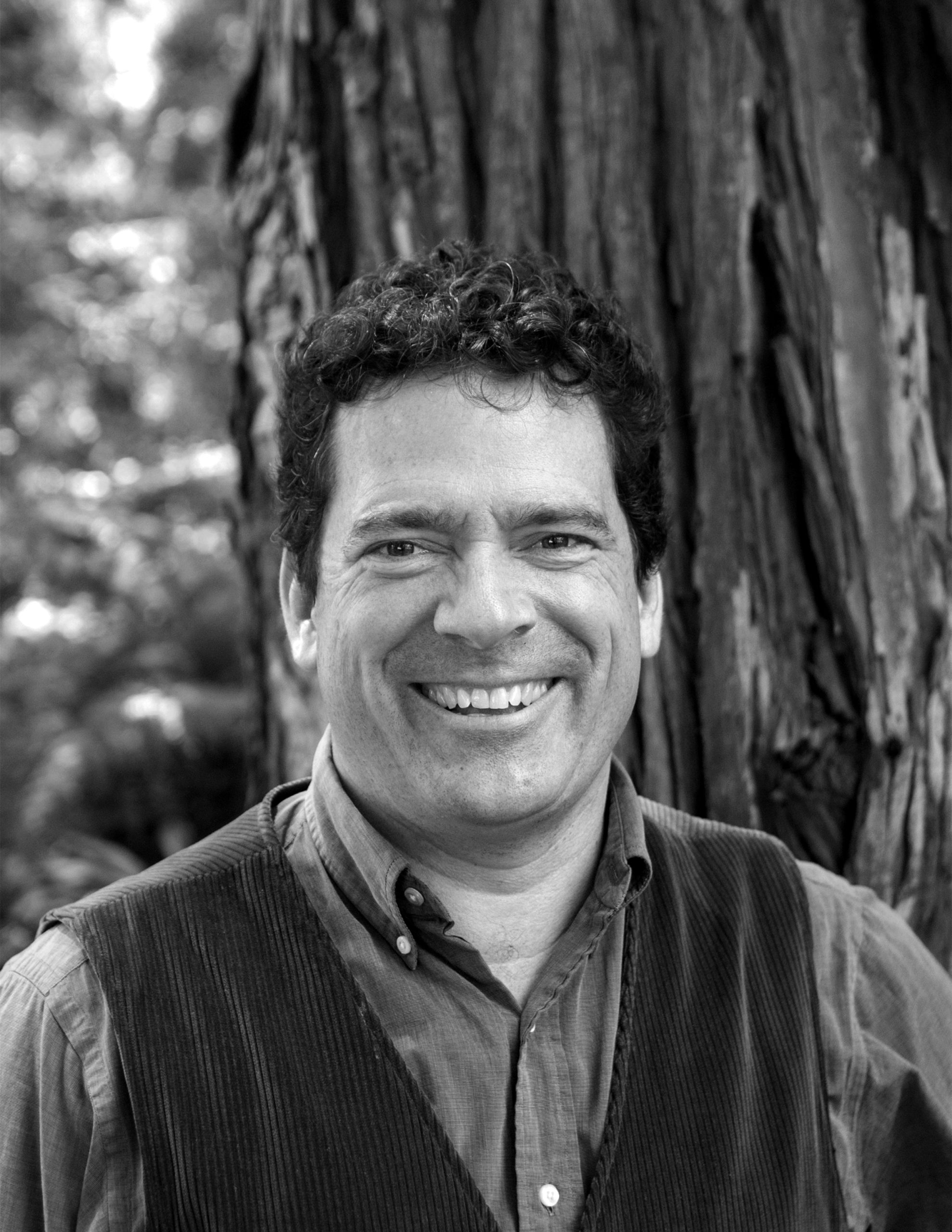One sunny day in La Jolla, at the public Windansea Beach, I tried to catch a wave and sit on top of the world. I splashed into the “wild, open, and free” waves with the Beach Boys’ “Surfin’ Safari” melody in my head.
Minutes later I was chased out by surfer thugs who left a far less pleasant ringing in my head. My experience ran counter to Garret Hardin’s assumptions underlying the so-called “tragedy of the commons.” I read no contracts, recognized no formal titles, and saw no property rights. But as it turned out there were plenty of privileges—self-organized, self-defined, and bloodily enforced. Access to the resource could be divested by someone, to someone, for the right price. Yet bartering seemed a mystery, exchanged through a silent currency of nods and winks devoid of meaning to almost any academic. With one brilliant exception.
Elinor Ostrom, like me, grew up in California, a thirsty landscape and society that marks the psyche for life. As an underprivileged, half-Jewish high school nerd in upscale Beverly Hills 90210, Ostrom was the quintessential “outsider.” As a result, she spent her life trying to grasp the invisible ties, hierarchies, and rules of dominion that shape decisions among “insiders.”
As hundreds of environmental entrepreneurs venture out to light candles in dark corners of our natural world, Ostrom, who passed away in June, has become—or ought to become—our patron saint: a benevolent advocate in heaven who may intervene on behalf of our shared approach, ideas, and efforts.
Perhaps you object to my canonization. Enmeshed in the dismal science, you don’t even believe in sainthood, heaven, or metaphysics. That’s fine. Neither do I. What I do believe is that the foxholes of our work in no-mans-land make us seek out a moral figure whose life teachings can inspire us, reinvigorate our work, give us traction, direction, and a larger sense of what’s possible.
Elinor Ostrom fits the bill. But you won’t find her in the conventional pantheon of economic genius—she was, after all, a political scientist. And a woman. And yet, consider how the usual suspects collapse in the face of conserving, say, fresh water.
Adam Smith was stumped by its lack of economic value. John Locke’s social contract overlooked it. Alexander Hamilton was duped by his later rival (and killer) Aaron Burr into a calamitous private monopoly over it. Frédéric Bastiat recognized the invisible costs of broken windows, but not of broken rivers. Ludwig von Mises seemed comfortable with certain natural monopolies, including over water. F. A. Hayek showed how price systems direct the market to adapt to resource scarcity, except scarce resources on which every living thing depends, namely water.
To be sure, 19th century economists of the Marginalist Revolution claimed to have “solved” the paradox of water, developing mathematical equations that work logical wonders and make perfect sense—on paper. But that’s easy. Hell, you and I have “solved” the problems of environmental degradation years ago—on paper.
The grueling challenge enviropreneurs face is to descend from the ethereal mountaintop of paper and translate neat words into the messy valleys of reality. We “write” not with ink but with transactions that affect living things: red snapper fisheries, endangered species, water and gas utilities, airborne particulates, fire policy, carbon emissions.
That’s why the face on the currency in which enviropreneurs trade—a currency linked not to the gold standard but to innovation—belongs to Elinor Ostrom.
Put it this way: Economists obsess about incentives; Ostrom, like enviropreneurs, orients us toward institutions. Others divine the future of urban industrial nation states. Ostrom sought out examples in the quiet corners of the developing world, in small-scale rural economies, in nascent emerging organizations, and in weak states. Where economists seek precision, she discovered nuance. When they demanded universal truths, she grew excited at, Understanding Institutional Diversity, to name one of her titles.
Above all, whereas economists hunt for formulas that are timeless and pure, Ostrom—like enviropreneurs—had a deeper appreciation for gritty context. She might enjoy the poetry of a term like “free market environmentalism.” But she’d ask whether any market, anywhere on earth, has ever been entirely “free” from its evolutionary past, from its dynamic power structures, or from its ecological circuitry.
Economists quantify the nature and extent of Garret Hardin’s “tragedy of the commons.” Politicians argue over whether that tragedy commits us to extremes of either total privatization or total regulation. Yet Ostrom taught enviropreneurs to look first at the aquatic, marine, or terrestrial habitat on which society depends and ask, “Is there really a commons?” and “Who governs it?” and “How?”
She earned a Nobel Prize for her work on common pool resource management and institutions for collective action. But enviropreneurs gain less from her dense and scholarly depth than from her exhaustive geographic and topical breadth. As Gernot Wagner put it, “Her analysis applies to anything from Maine lobstermen to Swiss Alpine pastures to small forests in India, irrigation rights in Spain and the Philippines and umpteen other cases.”
She sought to extract patterns from all these multitudinous examples, but the mere existence of so many self-organizing examples is the real and enduring story. If Ronald Coase is the Plato of property rights and contracts, Ostrom is the Aristotle who explained the messy but functional bottom-up nature of how institutions evolved and actually worked, even in places without written laws or languages.
After all, as she pointed out, try to over-graze your cows and goats on any “wild, open, and free” common pasture in rural Africa. Just see what happens. In that respect she ennobled the informal or customary handshake not as a primitive step toward a more mature property right and formal contract. In some cases, beyond a nod and a wink, a handshake on its own was, and is, enough.




